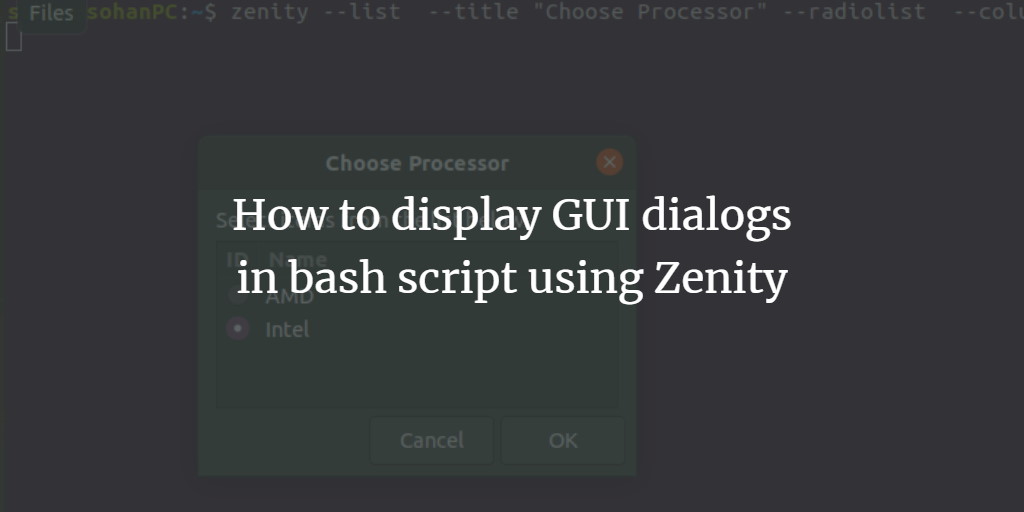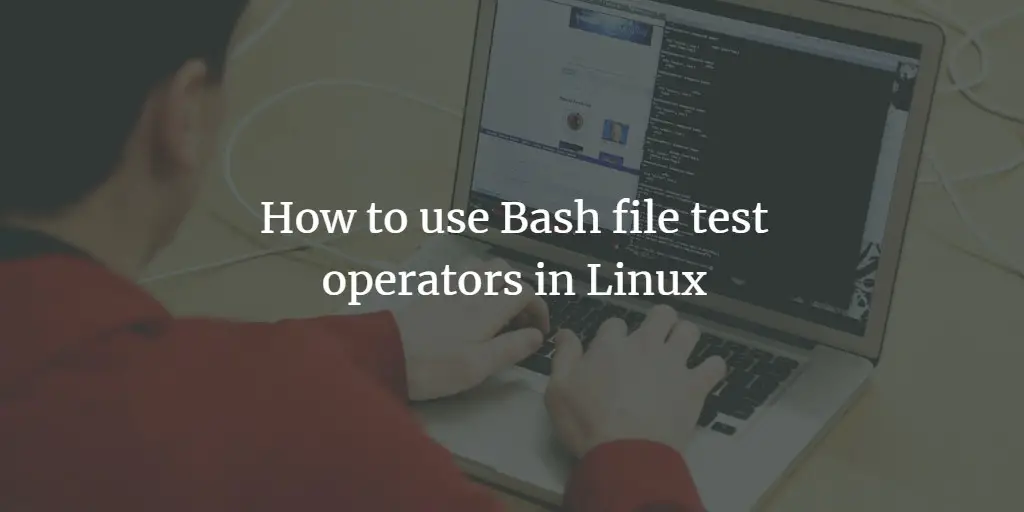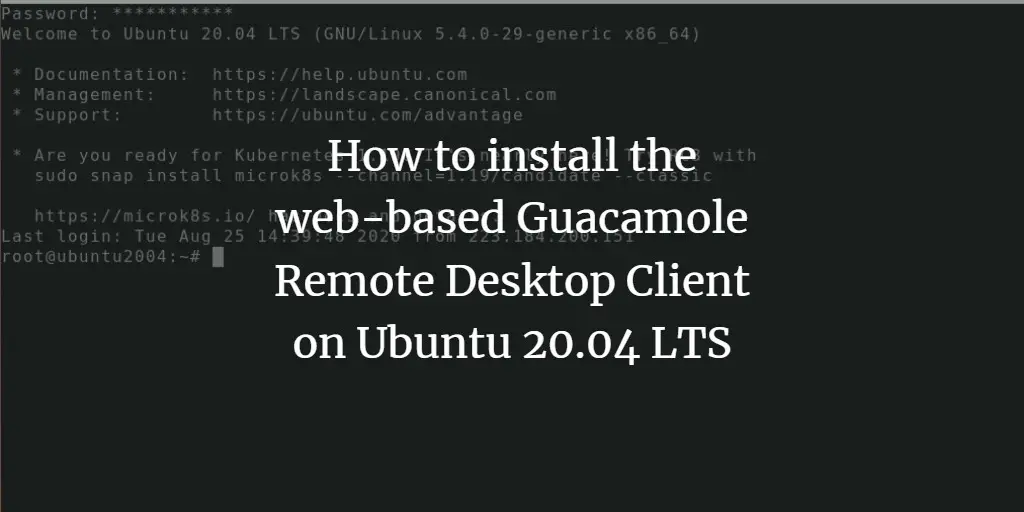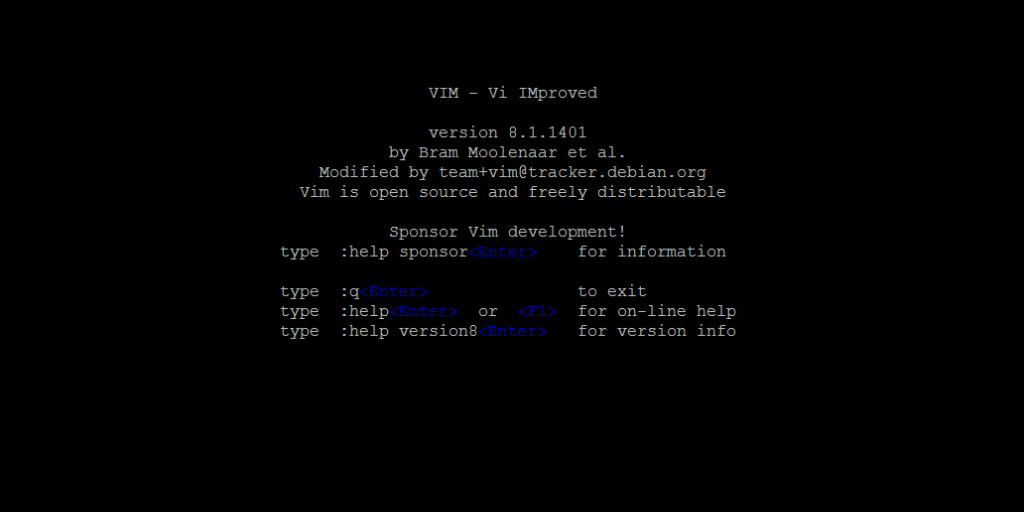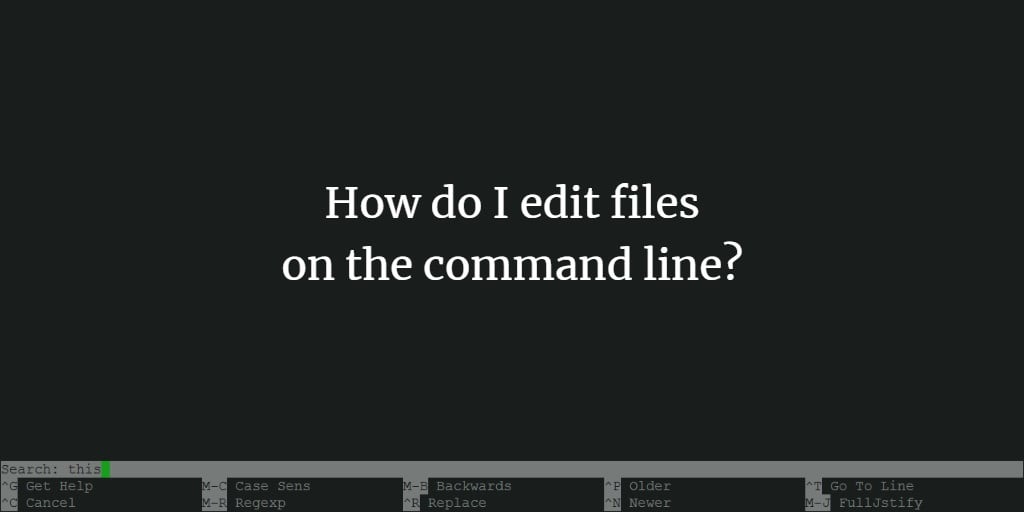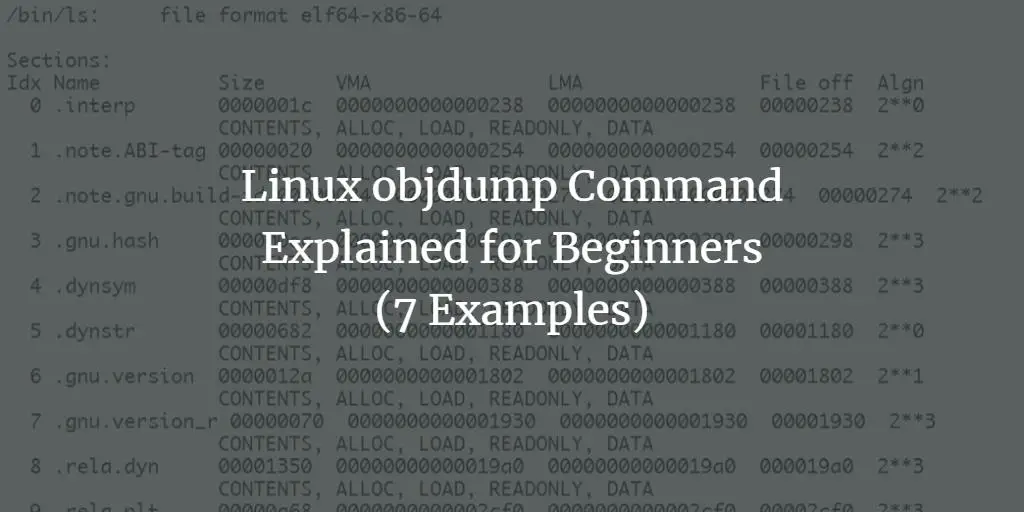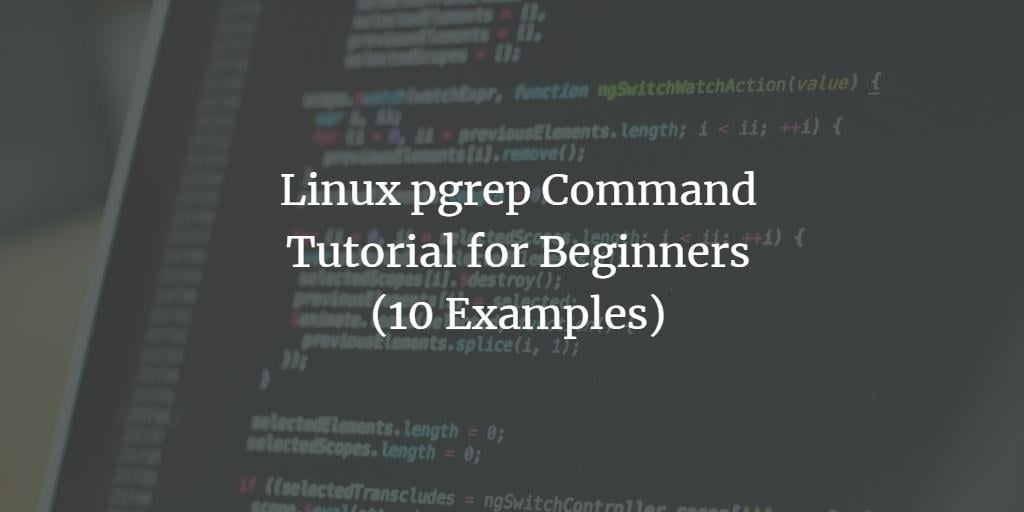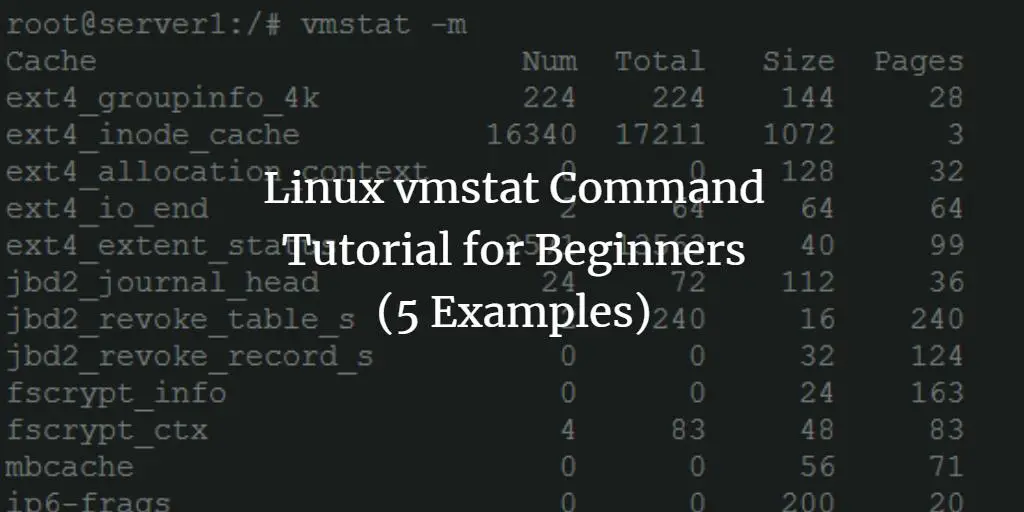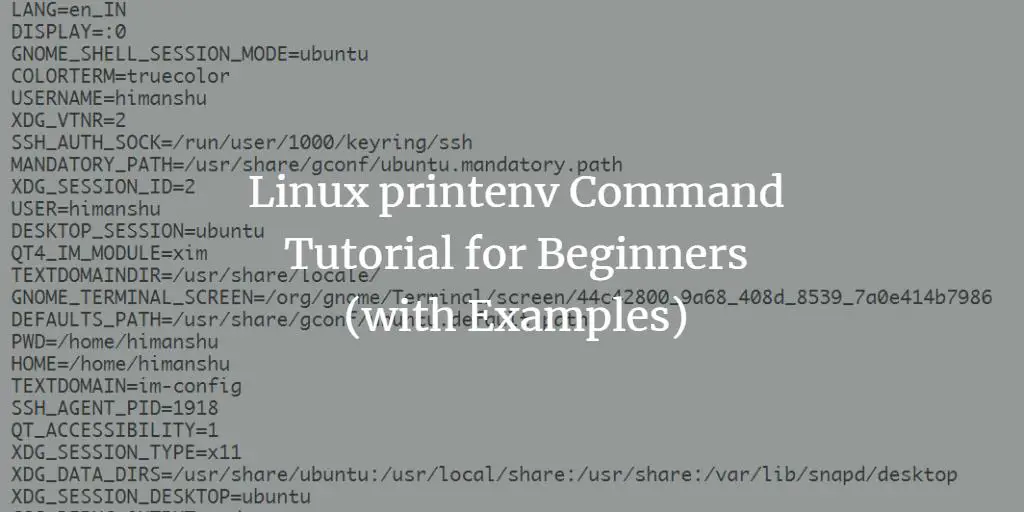Linux Tutorials on the topic “shell”
-
How to display GUI dialogs in bash script using Zenity
Author: sohan patel • Tags: centos, debian, linux, programming, shell, ubuntu • Comments: 2Zenity is an open-source application for displaying simple GUI in shell scripts. It makes scripts more user-friendly by displaying GTK+ dialogs. In this article, we will show you how to use Zenity to display GUI dialogs in Bash scripts.
-
How to use bash if -z and if -n for testing strings in Linux
Author: Aqsa Yasin • Tags: linux, programming, shell • Comments: 0There are different string operators available in bash scripting language which can be used to test strings. In this guide, we will test these string operators using the if statement in Centos 8.
-
How to use Bash file test operators in Linux
Author: Aqsa Yasin • Tags: linux, shell • Comments: 0File Test Operators are used in Linux to check and verify attributes of files like ownership or if they are a symlink. In this article, you will learn to test files using the if statement followed by some important test operators in Linux.
-
-
How to install the web-based Guacamole Remote Desktop Client on Ubuntu 20.04 LTS
Author: Hitesh Jethva • Tags: linux, shell, ubuntu • Comments: 6Apache Guacamole is a free, open-source and web-based remote desktop application that allows you to access your desktop machines through a web browser. In this tutorial, we will show how to install Apache Guacamole remote desktop gateway on Ubuntu 20.04 LTS server.
-
Vim Editor Basics
Author: bad_crow • Tags: linux, shell • Comments: 11Vim Basics: This tutorial is going to speak about vim basic use. Vim is a powerful text editor used in CLI (command line interface). Because Linux uses a lot of configuration files, you'll often need to edit them and vim is a great tool to do so.
-
How do I edit files on the command line?
Author: Falko Timme • Tags: other, shell • Comments: 8To edit files on the command line, you can use an editor such as vi. To open the file, run vi /path/to/file Now you see the contents of the file (if there is any. Please note that the file is created if it does not exist yet.). The most important commands in vi are these: Press i to enter the Insert mode. Now you can type in your text. To leave the Insert mode press ESC.
-
Linux objdump Command Explained for Beginners (7 Examples)
Author: Himanshu Arora • Tags: linux, programming, shell • Comments: 1If you are into programming on Linux and your work revolves around compilers, there are a handful of command line utilities that you should be aware of. One such tool is objdump.
-
Linux pgrep Command Tutorial for Beginners (10 Examples)
Author: Himanshu Arora • Tags: linux, shell • Comments: 2You might already know about the grep command in Linux, which searches for a pattern, and then prints the matching text in output. What if the requirement is to apply this kind of processing to fetch select information about processes currently running in the system?
-
Linux vmstat Command Tutorial for Beginners (5 Examples)
Author: Himanshu Arora • Tags: linux, shell • Comments: 1If you are looking for a command line utility that you can use to access information about processes, CPU activity, memory, and more, you'll be glad to know that vmstat does this for you.
-
Linux printenv Command Tutorial for Beginners (with Examples)
Author: Himanshu Arora • Tags: linux, shell • Comments: 1Environment variables play a major role in Linux. Most programs, whether command line based or GUI based, deal with environment variables in one way or the other. So naturally, there are tools that let you access environment variables from the command line. One such tool is printenv. In this tutorial, we will discuss printenv using some easy to understand examples.

